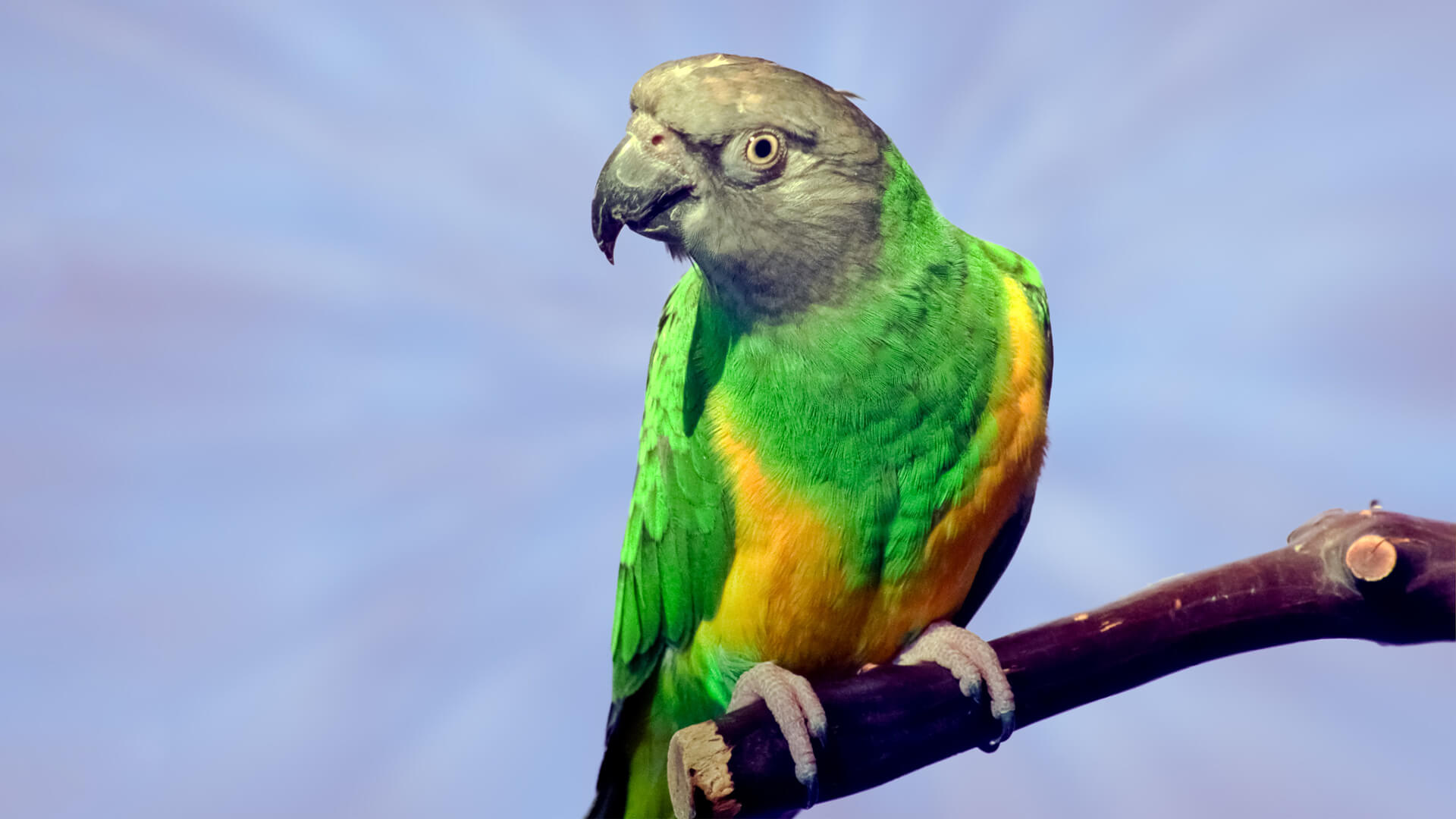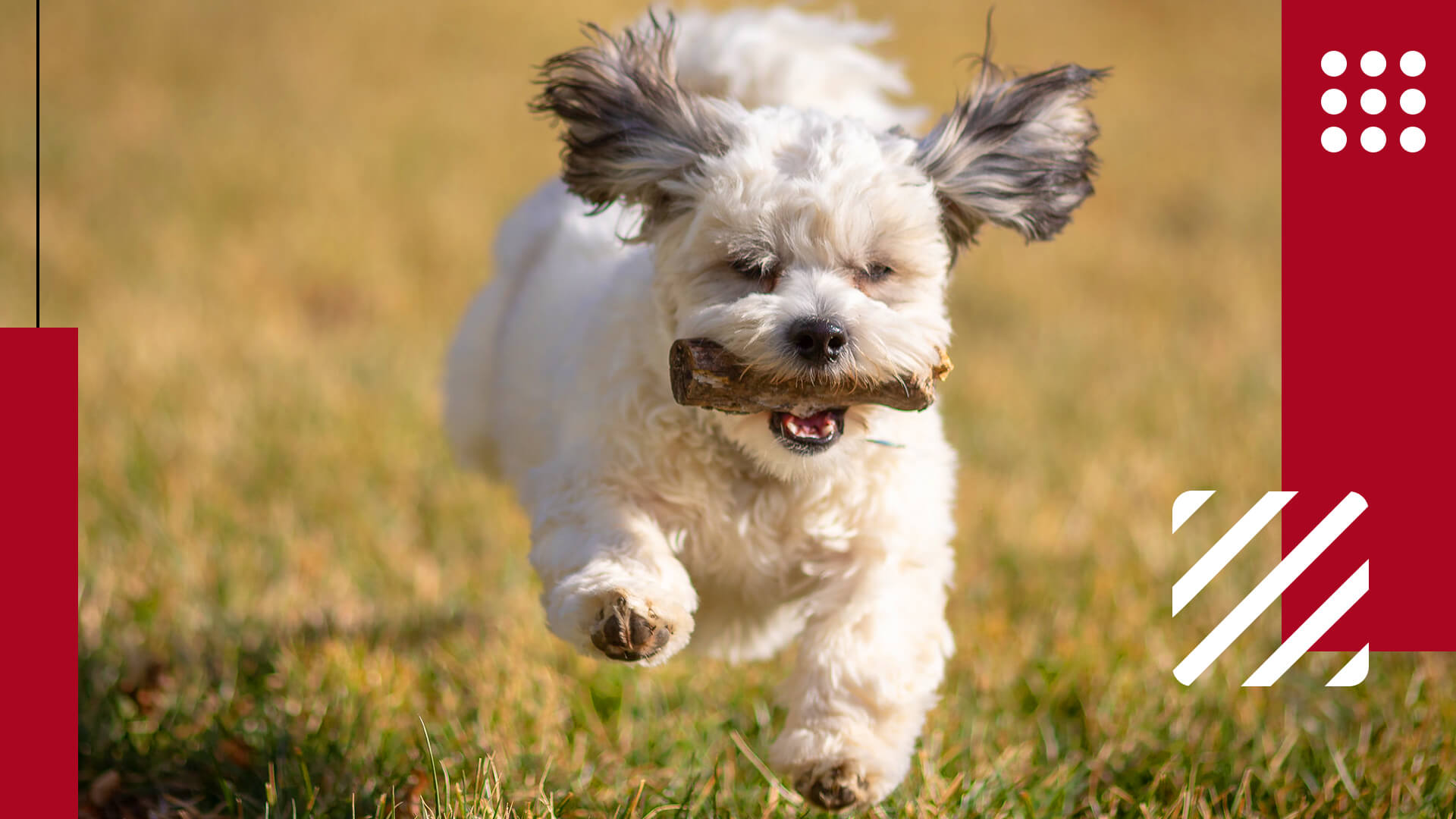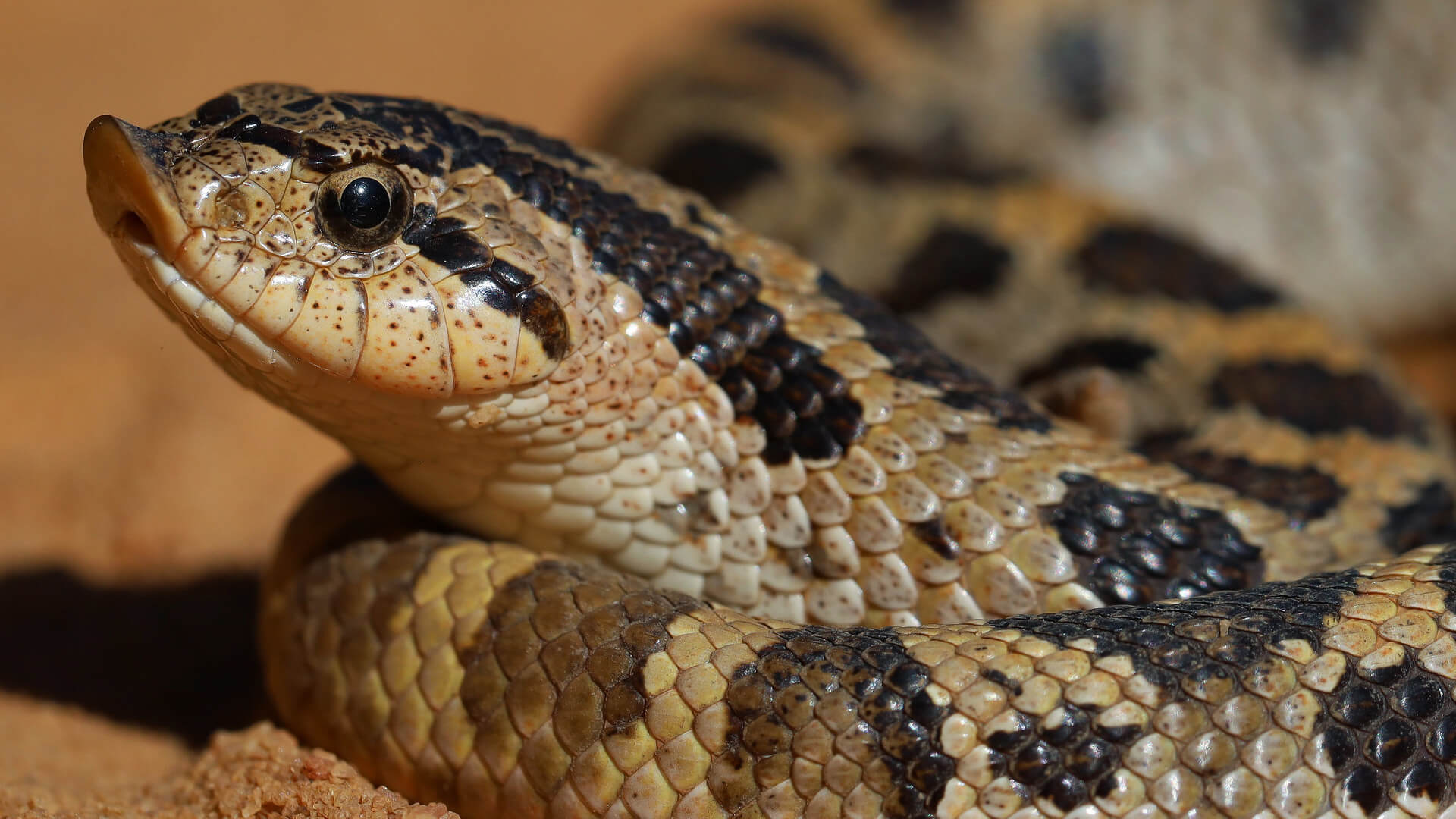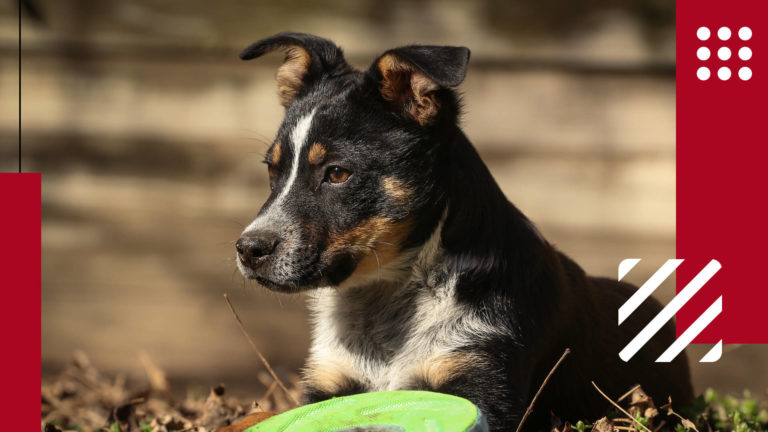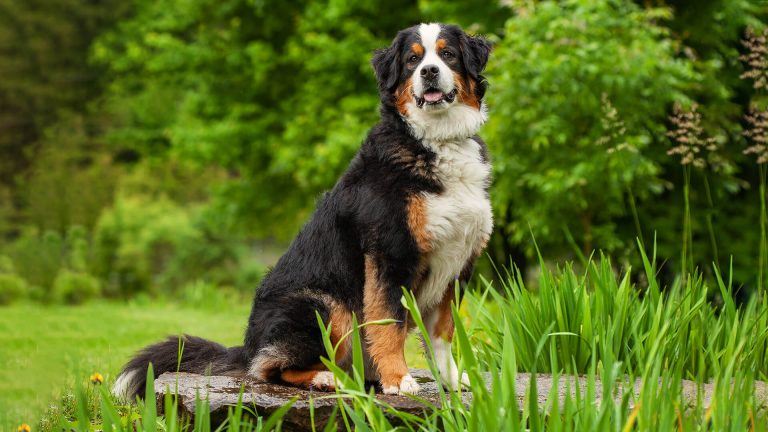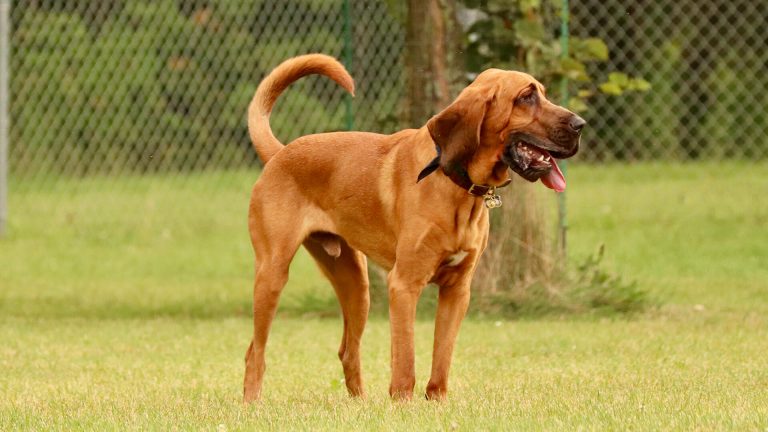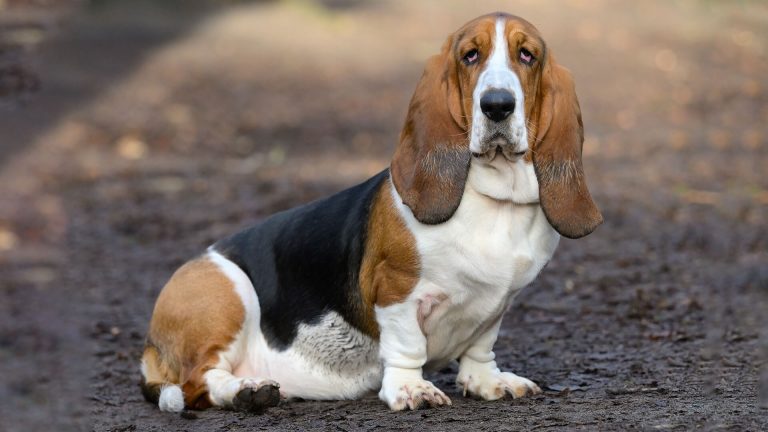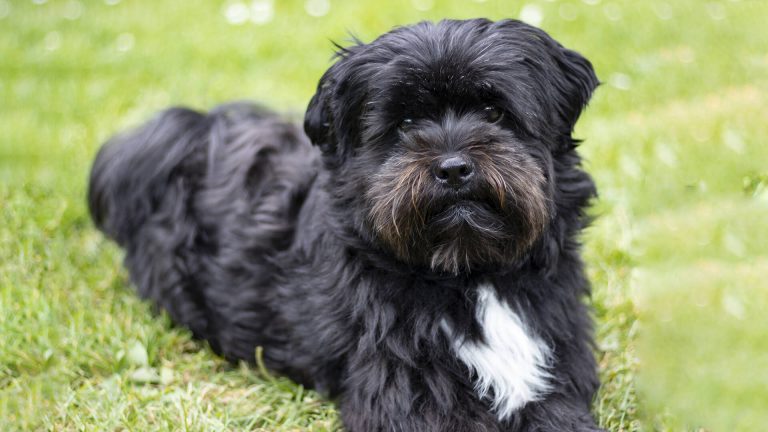The Afghan Hound is an ancient breed originating from Afghanistan, Pakistan, and northern India, where it was bred by nomadic people thousands of years ago. British soldiers encountered the Afghan Hound during their travels in the Middle East and introduced the breed to England. In its native Afghanistan, the breed is known as Tazi. Afghan Hounds have a long history of accompanying humans for hunting, thanks to their speed, intelligence, endurance, and excellent vision.
These graceful dogs were well-suited for pursuing large prey in the deserts and mountains of Afghanistan. They had the ability to hold down prey, such as deer or even leopards, until the huntsman on horseback arrived. The Afghan Hound's luxurious long coat provided protection from the cold. While the breed is known for its dignified and aloof demeanor, it can also display a playful and comical side. Afghan Hounds belong to the sight-hound category of breeds, known for their incredible speed and agility. Despite their athletic nature, they can also exhibit calm and lazy behavior at times.
Distinctive Features of Afghan Hound
| Breed Name | Afghan Hound |
| Lifespan | Up to 15 years |
| Size | Up to 27 inches |
| Weight | 50-60 pounds |
| Coat | Long, silky, and flowing |
| Color | Various colors and patterns |
| Health risk | Moderate |
| Unique trait | Elongated, elegant appearance and distinctive coat |
| Famous for | Being a regal and elegant breed |
| Temperament | Independent, aloof, and dignified |
| Maintenance | High (requires regular grooming and coat care) |
| Adaptability | Moderate (prefers a calm and quiet environment) |
| Behavior | Generally good, but supervision is recommended |
| Personality | Reserved, gentle, and intelligent |
| Social | Can be aloof with strangers, but can bond closely with their family |
Afghan Hounds come in a variety of coat colors, including black, tan-and-black, cream, red, blue, domino, brindle, and white. Those originating from mountainous regions tend to have thick and dark fur, while those from desert areas have lighter-colored coats with less volume.
When Afghan Hound puppies are born, they do not resemble the long-haired adults. They have fluffy coats and facial hairs known as "monkey whiskers" on their cheeks and saddles. Around one year of age, their fluffy coats shed, and they develop long, glossy hair. When in motion, the adult Afghan Hound presents a beautiful image with its flowing locks.
The male Afghan Hound typically weighs between 55-65 lbs, while females weigh around 45-55 lbs. Males stand at a height of 27 inches, while females are about 25 inches tall. The average lifespan of Afghan Hounds is 12-15 years. They have distinctive physical features such as a powerful arched neck, prominent hips, large paws, and noticeably bent knees. Their tails are curled, and their heads have a long, narrow muzzle. The ears are long and covered in flowing hair. The coat of the Afghan Hound is silky and fine, with longer hair on the crown of the head, chest, forequarters, hindquarters, and legs. The hair on the face and back is short and glossy.
The Afghan Hound's large feet provide good grip and protect it from injuries on rough surfaces. The abundant hair on its body helps keep it warm, particularly during chilly nights at high altitudes. The breed is known for its dignified and aloof personality, and their carriage is often described as proud. Afghan Hounds move with their heads and tails held high, and they have a characteristic high hipbone structure.

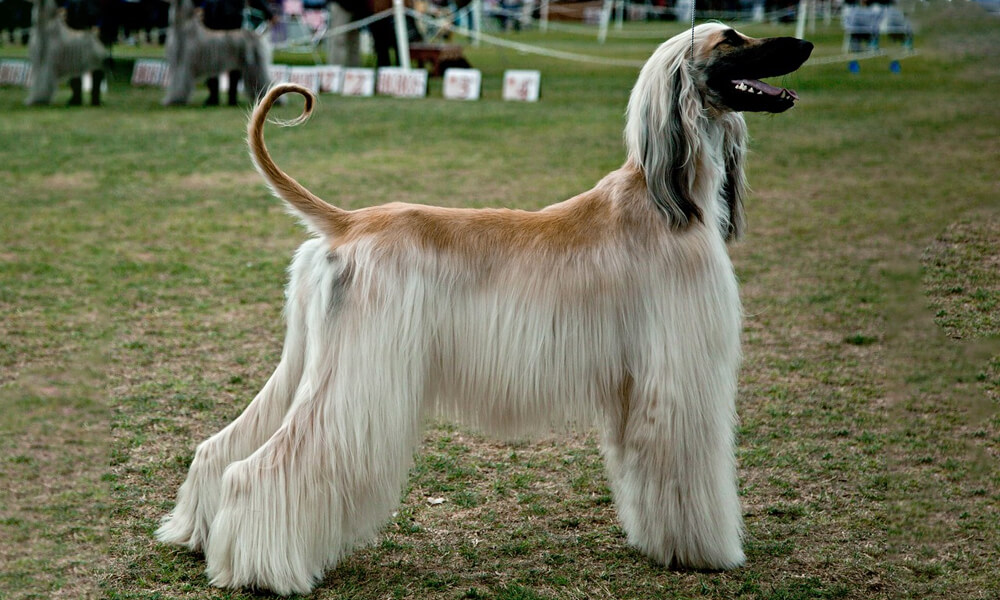
How to Take Care of Pet Afghan Hound?
Afghan hounds are sweet and loving dogs. However, they need special care. They require a lot of grooming and a certain diet. Moreover, they can also be destructive if not properly taken care of.
How to Setup Living Area for Pet Afghan Hound?
To cater to the energetic nature of Afghan Hounds, it is essential to provide them with a spacious fenced yard for daily exercise. Due to their independent nature, they may not heed the owner's calls, making it crucial to have a secure enclosure to prevent accidents on the road. Afghan Hounds should never be left unsupervised, as they may pose a risk to other pets in the neighborhood. Engaging them in plenty of exercise will help prevent boredom and curb destructive behavior. Taking them for a couple of miles walk on a regular basis is recommended.
With their loving nature and adaptability, Afghan Hounds can thrive in homes of any size and with families of varying sizes. The key elements they require are a comfortable bed and daily outdoor activities. Once provided with proper training, these hounds can coexist well with other pets and children.
What to Feed Pet Afghan Hound?
Beneath their fluffy, silky coats, Afghan Hounds have a slender physique. They have relatively low food requirements, and when kept as pets, provide them with high-quality dog food supplemented with vegetable oil to promote a healthy skin and coat. To prevent their long ears from dipping into their food, using ear stockings known as snoots can be helpful. It is advisable to follow the feeding quantities recommended by the veterinarian.
Due to their sensitive digestive systems, it is crucial to carefully consider and research any new food, supplements, or vitamins before feeding them to Afghan Hounds. Their diet should be appropriate for their age, whether they are puppies, adults, or seniors. Factors such as size, build, age, metabolism, and activity level should also be taken into account when determining their food intake.
Being active dogs, Afghan Hounds require sufficient nutrition to support their athletic activities. As a general guideline, feeding them around 2-2.5 cups of high-quality dry food per day, divided into two meals, is recommended. It is important not to leave food out all the time, as it can lead to obesity.
What to Avoid Feeding Pet Afghan Hound
Feeding your Afghan Hound requires careful consideration to ensure their health and well-being. Certain foods can be toxic to Afghan Hounds, such as chocolate, grapes, raisins, onions, garlic, avocados, and products containing xylitol. These should be strictly avoided as they can cause serious health problems.
Afghan Hounds are prone to pancreatitis, so steer clear of high-fat foods like fried items, fatty meats, and excessive cheese or butter. These can trigger inflammation of the pancreas. Also, avoid giving your Afghan Hound cooked bones or small, brittle bones as they can splinter and cause choking hazards or internal injuries. Opt for safe chew toys or dental treats instead.
Raw or undercooked meat, including raw eggs, should be avoided as they can carry harmful bacteria and increase the risk of foodborne illnesses in dogs. It is best to provide properly cooked meat to ensure their safety.
While it may be tempting to share table scraps with your Afghan Hound, be cautious of excessive feeding. Human food is often high in fat, salt, and spices, which can upset their stomach and contribute to obesity and other health problems. Stick to their balanced and nutritious dog food for their main meals.
Brushing, Bathing & Grooming Needs of Pet Afghan Hound
The Afghan Hound has a beautiful and luxurious coat that requires regular brushing, bathing, and grooming to keep it healthy and looking its best. Here are some guidelines for taking care of the grooming needs of your pet Afghan Hound:
- Brushing: The Afghan Hound's long and silky coat is prone to tangling and matting, so regular brushing is essential. Use a slicker brush or a pin brush to gently brush through the coat, starting from the tips and working your way up to the roots. This helps remove any tangles and prevents mats from forming. Aim to brush your Afghan Hound at least two to three times a week, if not daily, to keep the coat in good condition.
- Bathing: Afghan Hounds do not require frequent bathing unless they get dirty or have a strong odor. When bathing your Afghan Hound, use a mild dog shampoo that is suitable for their sensitive skin. Be sure to thoroughly rinse out all the shampoo to prevent any residue from irritating their skin. After bathing, dry the coat thoroughly to avoid moisture getting trapped and causing skin issues. You can use a blow dryer on a low heat setting or allow them to air dry.
- Grooming: In addition to regular brushing, Afghan Hounds may require additional grooming to maintain their coat. This can include trimming the hair around their ears, paws, and tail for a neater appearance. Some Afghan Hound owners choose to have their dog's coat professionally groomed to ensure it is properly maintained. Professional groomers can help with trimming, shaping, and maintaining the coat's length.
- Ear Care: Afghan Hounds have long, floppy ears that can trap moisture and become prone to infections. Check their ears regularly for any signs of redness, swelling, or discharge. Clean their ears using a veterinarian-approved ear cleaner and gently wipe the outer ear with a cotton ball or soft cloth. Avoid inserting anything into the ear canal, as it can cause injury.
- Nail Trimming: Regular nail trimming is important for your Afghan Hound's comfort and to prevent overgrowth or breakage. Use a dog nail trimmer or have a professional groomer or veterinarian trim the nails for you. Be careful not to cut into the quick, which is the sensitive part of the nail that contains blood vessels.
What are the Health Issues of Pet Afghan Hound?
In general, Afghan Hounds tend to maintain good health. However, as they age, they can be susceptible to certain diseases. Allergies are common among them, resulting in symptoms such as sneezing, nasal discharge, hair loss, itching, and lethargy. Treatment for allergies typically involves dietary restrictions and medication.
Cancer is another health concern for Afghan Hounds, and symptoms may include swelling, lumps, sores, breathlessness, and difficulty in elimination. Treatment options for cancer can include chemotherapy, surgery, and medication.
Cataracts are also a common issue for Afghan Hounds and can cause vision loss. Depending on the severity of the cataracts, surgical intervention may be necessary.
Hypothyroidism, which is the underactive function of the thyroid glands, can affect Afghan Hounds as well. Symptoms of hypothyroidism include skin infections, ear infections, hair loss, laziness, and depression. Treatment typically involves medication and dietary adjustments to manage the condition.
Training & Playing with Pet Afghan Hound
Training and playing with a pet Afghan Hound requires patience, consistency, and understanding of their independent nature. Here are some tips:
- Start training early: Begin training your Afghan Hound puppy as soon as you bring them home. Afghan Hounds have an independent streak and may be less responsive to training compared to some other breeds. However, with positive reinforcement techniques, consistency, and patience, they can learn various commands and behaviors.
- Use positive reinforcement: Afghan Hounds respond well to positive reinforcement methods such as rewards, praise, and treats. Use these incentives to motivate and encourage desired behaviors. Harsh or forceful training methods can be counterproductive and may cause the dog to become stubborn or fearful.
- Keep training sessions short and interesting: Afghan Hounds have a relatively short attention span, keep training sessions short and engaging. Break the training into smaller sessions throughout the day to maintain their interest and prevent them from getting bored.
- Socialize early and regularly: Afghan Hounds need early and ongoing socialization to help them feel comfortable and confident in different situations. Expose them to various environments, people, and animals from a young age. This will help prevent shyness or aggression towards strangers or other animals.
- Provide mental and physical stimulation: Afghan Hounds are intelligent dogs that require both mental and physical exercise. Engage them in activities that stimulate their mind, such as puzzle toys or interactive games. Regular exercise, such as daily walks or playtime in a securely fenced area, will help satisfy their physical energy needs.
- Supervise playtime: Afghan Hounds have a high prey drive and may chase small animals or exhibit a strong desire to run. When playing in an open area, ensure it is securely enclosed to prevent them from running off. Supervise their interactions with other dogs to ensure they are well-behaved and play nicely.
What it's Like to Keep Afghan Hound as a Pet?
The Afghan Hound is a majestic and elegant breed known for its long, flowing coat and regal appearance. Here's what it's like to keep an Afghan Hound as a pet:
Temperament: Afghan Hounds are known for their independent and aloof nature. They possess a certain elegance and dignity that sets them apart. They are typically reserved and may be aloof with strangers but show deep loyalty and affection towards their families. Afghan Hounds are generally not as eager to please as some other breeds, and training them can be a challenge. Patience, consistency, and positive reinforcement techniques are key to successfully training an Afghan Hound.
Exercise: Despite their glamorous appearance, Afghan Hounds are a high-energy breed that requires regular exercise to stay happy and healthy. They enjoy daily walks or runs in a secure area and benefit from off-leash time in a safely enclosed space where they can stretch their legs and run freely. While they have bursts of energy, Afghan Hounds are generally a more laid-back breed indoors and enjoy relaxing and lounging around the house.
Socialization: Early socialization is crucial for Afghan Hounds to ensure they grow up to be well-rounded and confident dogs. Exposing them to different people, animals, and environments from a young age helps them develop good social skills and reduces the likelihood of fear or aggression towards unfamiliar situations.
What People Are Reading:
Frequently Asked Questions About Pet Afghan Hound
Some of the generally asked questions about Afghan Hound are answered below:
Are Afghan Hounds good for apartments?
Afghan Hounds are not the best fit for apartments due to their need for ample space to run and exercise. They thrive better in larger homes with fenced yards.
Is the Afghan Hound the dumbest dog?
No, Afghan Hounds are not considered the dumbest dogs. They are known for their independent and sometimes aloof nature, which can be mistaken for being less responsive to training. However, they are intelligent dogs with their unique personalities.
Is an Afghan Hound a good family dog?
Afghan Hounds can be good family dogs, but they are better suited for families with older children who understand and respect their independent nature. They may not be the best choice for families with very young or active children due to their sensitivity and need for a peaceful environment. Proper socialization and training from an early age can help them adapt well to family life.
Do Afghan Hounds bark a lot?
Afghan Hounds are not excessive barkers by nature. They are generally quiet and reserved dogs. However, they may bark occasionally, especially if they sense something unusual or are trying to communicate with their owners.


